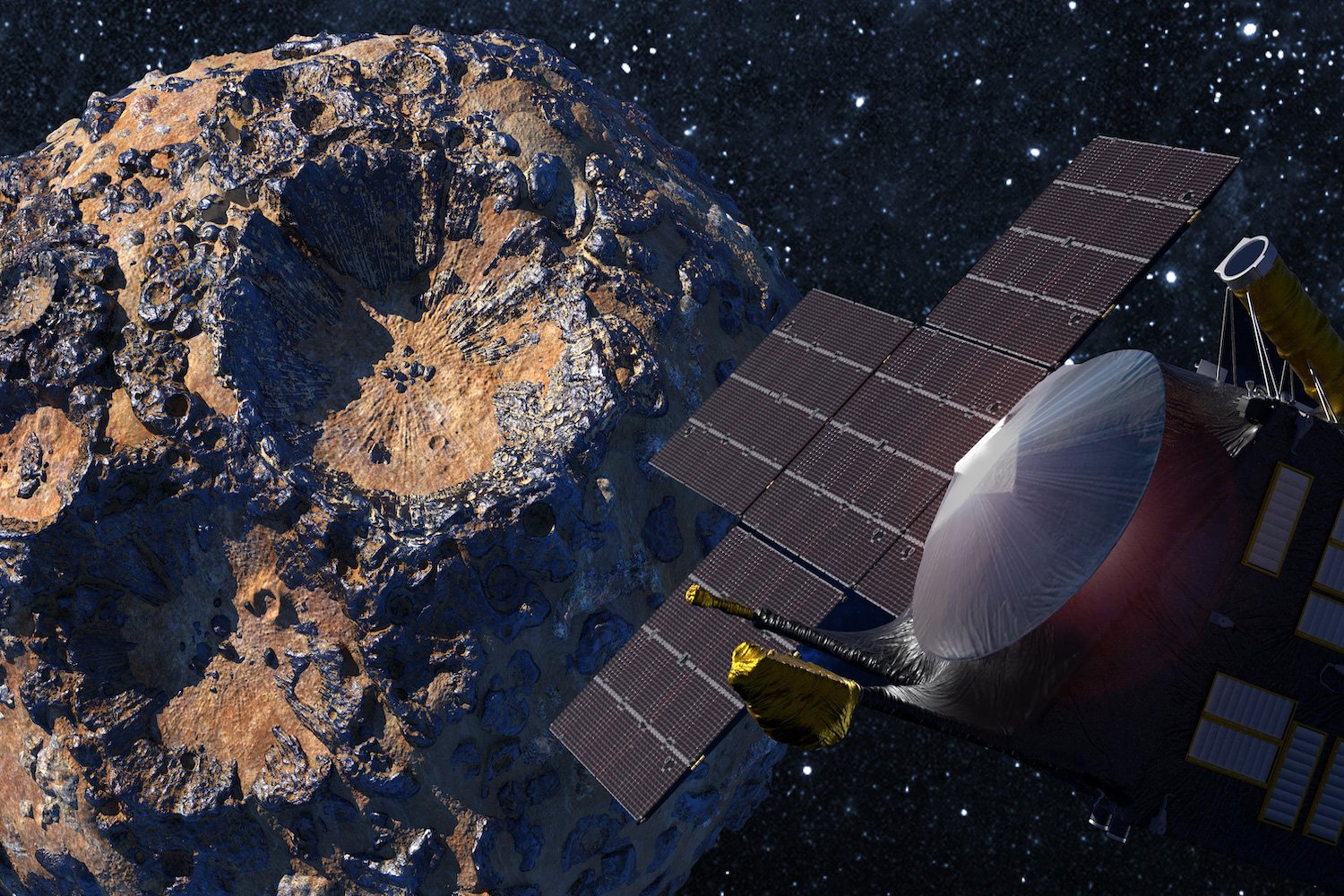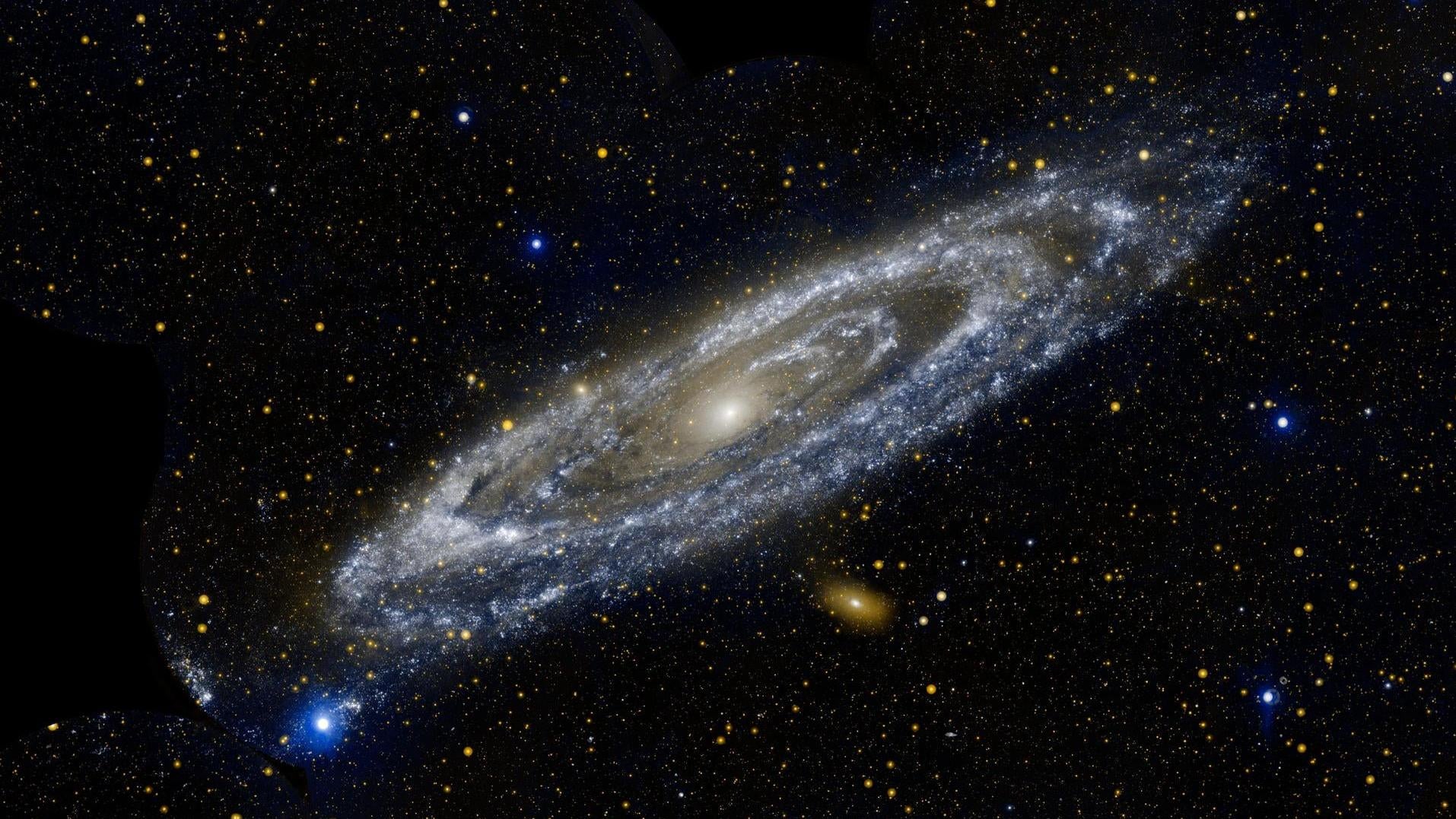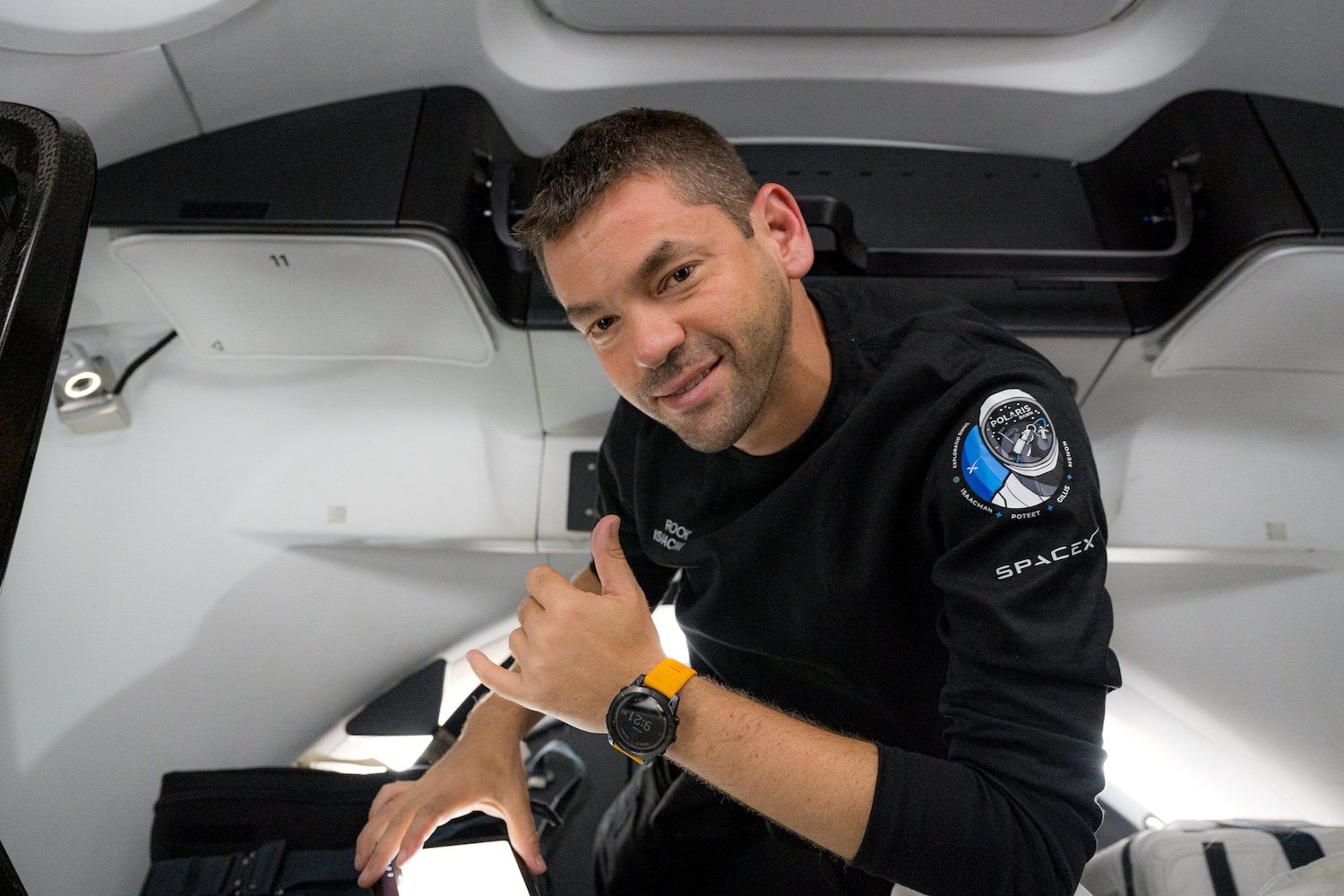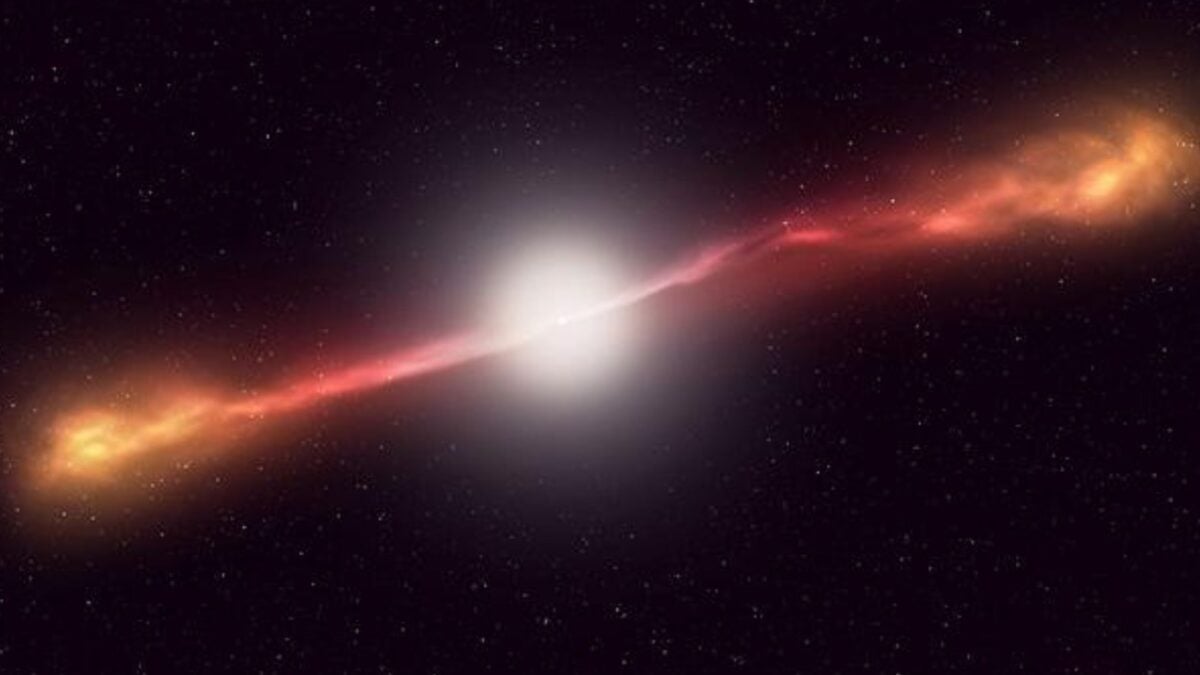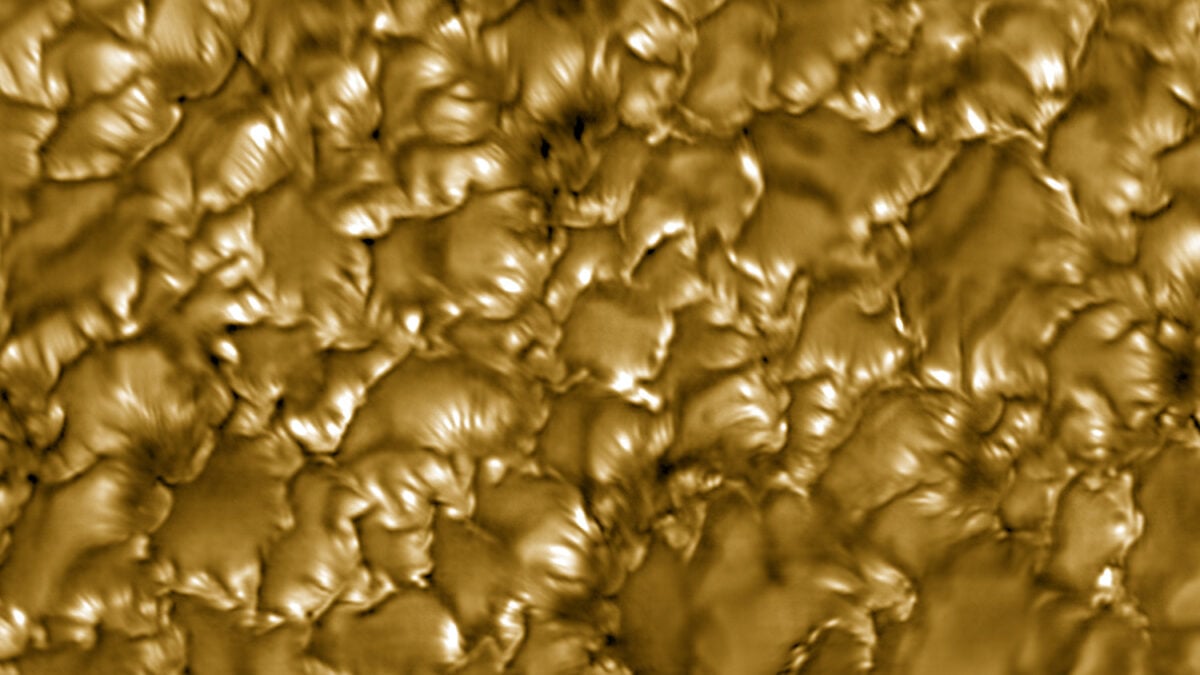NASA’s ambitious Psyche mission, aimed at exploring a unique metal-rich asteroid, recently encountered a significant hurdle. Less than two years into its journey, the Psyche spacecraft experienced a propulsion system glitch. However, quick-thinking NASA engineers have implemented a resourceful solution, ensuring the spacecraft remains on its trajectory to its namesake asteroid, a testament to the resilience inherent in space exploration.
Decoding the Psyche Propulsion System Anomaly
In early April, the mission team observed an unexpected decrease in fuel pressure within the spacecraft’s sophisticated propulsion system. This system relies on two large solar arrays to power its thrusters, which ionize and expel xenon gas for gentle, continuous propulsion. Engineers noted a significant pressure drop in the primary xenon delivery line, from a normal 36 pounds per square inch (psi) down to approximately 26 psi, as reported by NASA. This issue necessitated pausing the spacecraft’s four electric thrusters while a solution was sought, as maintaining trajectory was paramount.
NASA’s Ingenuity: Restoring Psyche’s Thrust
Following the pressure drop, NASA engineers conducted extensive diagnostic tests. Their investigation revealed that a component within one of the valves, crucial for managing propellant flow, had ceased to function as designed. This faulty valve was obstructing the xenon supply to the thrusters.
The engineering team promptly switched to an identical backup propellant line. To prevent future mechanical issues, they will command this backup line’s valve to remain in the open position, ensuring a consistent propellant flow. The spacecraft’s thrusters are scheduled to resume firing by mid-June, keeping the Psyche mission on track for its rendezvous in August 2029.
The Psyche Mission: A Journey Through Space and Challenges
Launched in October 2023, the Psyche spacecraft embarked on a 2.2 billion-mile voyage towards the main asteroid belt, situated between Mars and Jupiter. This journey has not been without its share of obstacles, even before liftoff. Originally slated for a 2022 launch, the mission faced a delay due to issues with its flight software, which governs its orientation, trajectory, and communication capabilities. Furthermore, just a week before its rescheduled October 5, 2023 launch, engineers identified a potential overheating problem with the thrusters, prompting a one-week postponement to resolve the concern.
The mission’s current trajectory includes a crucial Mars flyby in the spring of 2026. This maneuver will use the planet’s gravity to slingshot the spacecraft towards its ultimate destination.
Unveiling Asteroid Psyche: A Glimpse into Planetary Cores
The target of this intricate mission, asteroid 16 Psyche, is a fascinating celestial body. Measuring approximately 140 miles (226 kilometers) wide, it is believed to be predominantly composed of metal. Scientists theorize that Psyche could be the exposed nickel-iron core of an ancient planetesimal – a building block of a planet – that was stripped of its outer rocky layers through ancient collisions. [internal_links]
If successful, the Psyche mission will be the first to explore such a metallic world, offering unprecedented insights into the formation of terrestrial planets. The data gathered could revolutionize our understanding of planetary cores and the early solar system.
Conclusion: Mission on Course for Discovery
Despite the recent propulsion system challenge, NASA’s Psyche mission is back on course, thanks to the adept problem-solving skills of its engineering team. The successful switch to the backup fuel line means the spacecraft can continue its long journey to the mysterious metal asteroid. This mission holds the promise of unlocking secrets about planetary formation, and the scientific community eagerly anticipates the discoveries Psyche will unveil upon reaching its distant target. The journey continues, and many are rooting for Psyche’s success.



